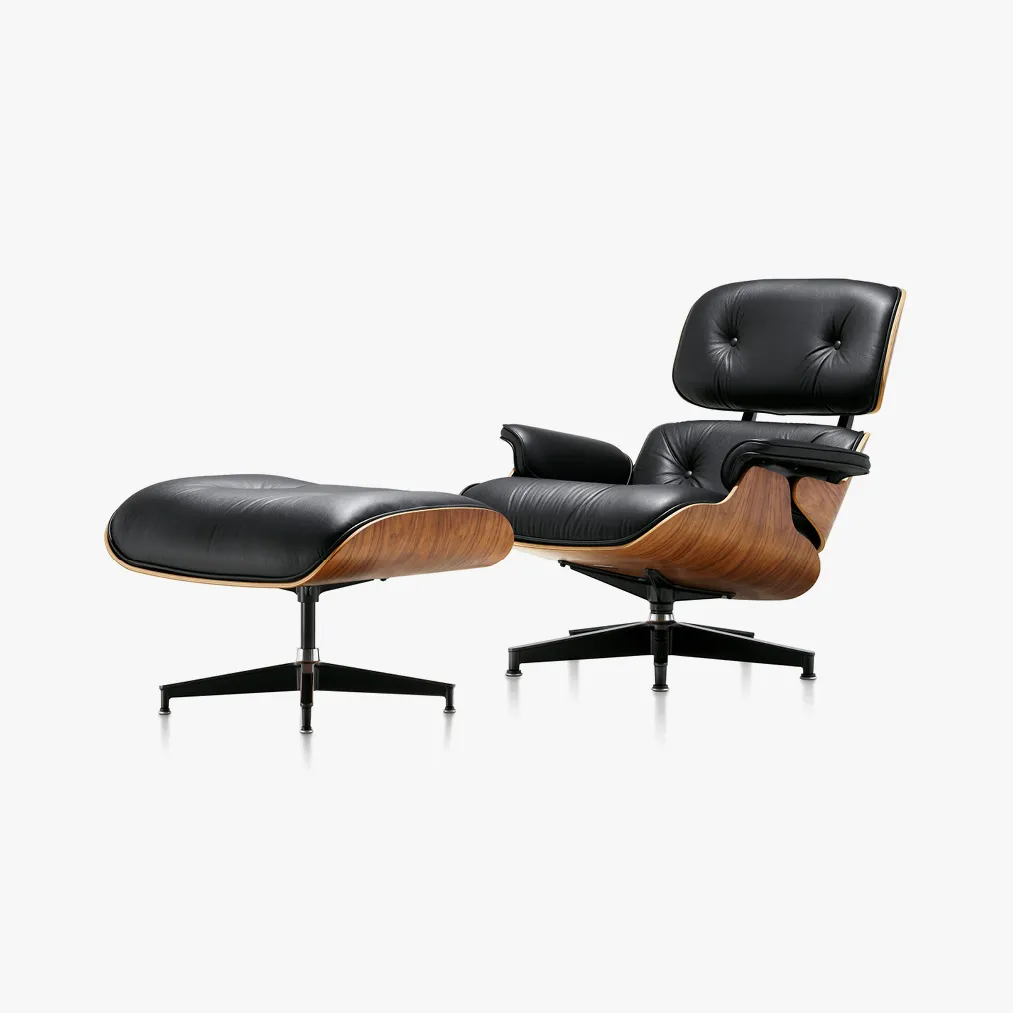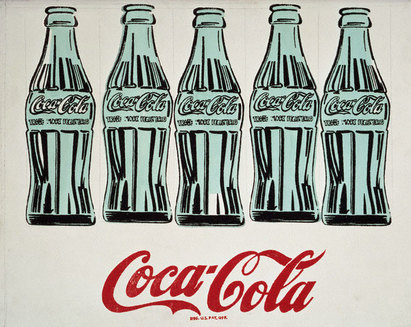Two of the most widely used types of visual communication are art and design. Because of their interdependence, even in the creative community, people frequently wonder: Is design art? or is design art?
In this article, we will understand if art and design the same thing, and if not, what makes them different? It’s a hotly debated question, so we’ll discuss the commonalities and differences between art and design and why they are not considered one and the same.
This article will help us determine whether art and design are the same thing, and if not, why? We’ll go through the similarities and distinctions between art and design as well as the reasons why they aren’t viewed as being interchangeable.
What Is Art?
The expression and use of creative ability and imagination are frequent definitions of art. There are seven basic types of art, but when comparing art to design, we focus exclusively on the creative visual arts, like painting, photography, or sculpture.

Jackson Pollock – Autumn Rhythm, 1950
To produce something that we can enjoy solely for its beauty or emotional impact is the goal of generating these works of art. The goal of an artist is to produce something that conveys their thoughts, feelings, or vision.
Beauty, emotional impact, or philosophical concepts are translated into a visible representation through art using imagination and technical skill. The concept of art is open-ended, hotly contested, and comprehensive by nature.
The perception and interpretation of art may be extremely subjective, and what one person deems to be art may not be viewed in the same manner by someone else. Rarely is there a consensus on what defines art, and over time, people’s ideas on what art is have evolved.
What Is Design?
Design is characterized as a strategy or set of guidelines for producing a product, system, activity, or process. A plan, prototype, product, or process are the end results of the design process. The design approach is always centered on the user. Designs aim to solve problems for people, systems, or tangible objects.

The Eames Lounge by Charles and Ray Eames for Herman Miller
Almost every aspect of our everyday lives involves design. Many different businesses use design, including those in publishing, advertising, video games, video game interfaces, fashion, interior design, and many more.
Design considers functionality as well as beauty. Design is not about adorning anything with decorations. A product needs to be useful and practical first and foremost, even if it has eye-catching interior or fashion design. Unlike artists, designers must prioritize the demands of the user over their own preferences.
Designers may and often do express themselves via their work, but the main goal of a successful design is not self-expression. While a designer still has to be creative and artistic, the creation of a useful product, tool, or experience is their first concern.
What Is the Difference Between Art and Design?
Between art and design, there are many similarities, but there are also numerous distinctions. Design is often more artistically constrained than the other two disciplines, which is one of their fundamental contrasts.
Artists frequently view their work as a means of self-expression or even as an extension of who they are. Designers are far more constrained to adhere to end-user needs and lack the same freedom for self-expression.
What Are the Similarities Between Art and Design?
Some creatives will argue design is a type of art. Others will take the position that although art and design intersect, they are distinctly different creative fields. Whatever your opinion, there are certain similarities or commonalities between art and design.
Similarities Between Art and Design:
- Shape, color, line, contrast, balance, rhythm, and other basic creative visual elements are shared by both design and art.
- To hone their creative skills, both designers and artists practice artistic techniques including painting, sculpture, and sketching.
- Visually appealing artworks and designs are both possible. Both art and some types of design can be admirable enough to place on a wall or put on display.
- Both designs and works of art may be utilized to convey narratives. However, whereas telling tales and expressing emotions are the main purposes of art, designers only use narrative as a tool to further a certain objective.
What Is the Relationship Between Art and Design?
The lines separating art from design are frequently blurred and are constantly evolving. Throughout history, both design and art have had an impact on one another. Design trends and modern and contemporary art in particular can be strongly related.
Design fields including advertising, publishing, and product design had a big impact on modern art movements like Pop Art. Some great artists, like Andy Warhol, created artworks by printing the product designs of commonplace things, like Campbell’s Soup, on canvas. Roy Lichtenstein employed the methods used by comic book illustrators to produce high art paintings.

Andy Warhol – Five Coke Bottles, 1962
Many Pop Art creators got their start in commercial design. As they progressed into fine art, they adopted techniques from publishing and industrial printing and applied them to the creation of paintings. Other Pop Art creators created mixed-media collages using authentic magazine and newspaper graphic design clippings.
Designers and artists routinely collaborate, and many works of art are undoubtedly influenced by design. Fashion photographers like Cecil Beaton and Helmet Newton take shots of fashion designers’ creations and afterwards classify those images as works of art.
Some artists, like Fred Allard or Claes Oldenberg, draw inspiration from a consumer good or a fashion design when making fine art sculpture. Given how hazy the lines are become, it makes sense that some designers view their work as art.
What Is the Difference Between Fine Art and Design?
Fine art, usually referred to as “high art,” is a creative work created only for exhibition and enjoyment. Design, also seen as one of the “high arts” has a function and serves a purpose. Fine art was traditionally produced with the intention of being admired for its aesthetic appeal. In the past, individuals with the most refined tastes—often of the highest status, education, or financial means—have admired, collected, and displayed art, and design.
Enjoying Art and Design

Waldemar Zimbelmann (left) and Mariah Robertson. Photo: Diane Arques. Courtesy of Barbara and Daniel Newman.
You can appreciate both design and art in your daily life since they function well together. You may enjoy the creative expertise of fashion or interior design or purchase and show creations. Additionally, you may purchase art for sale online and put it on display in your house next to design pieces like lovely frames or priceless furniture.
